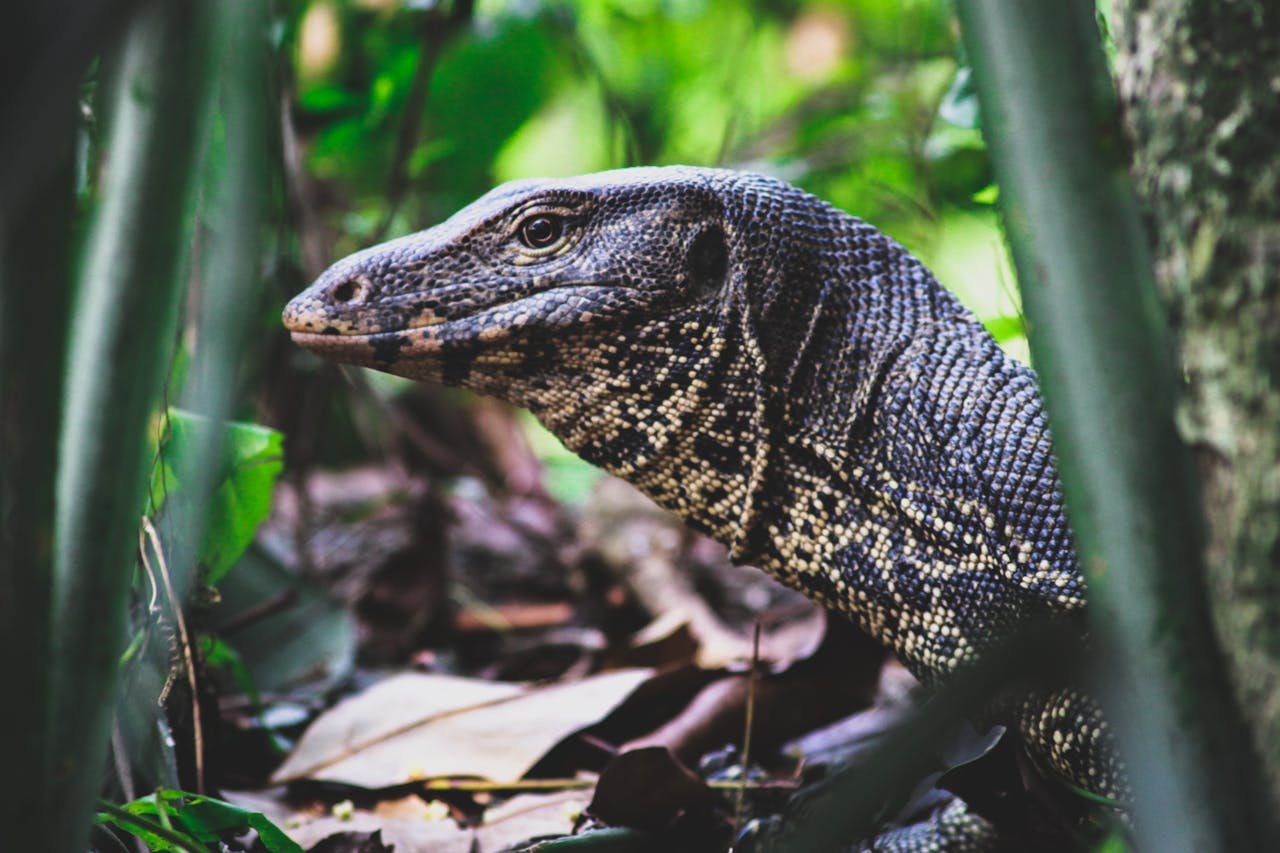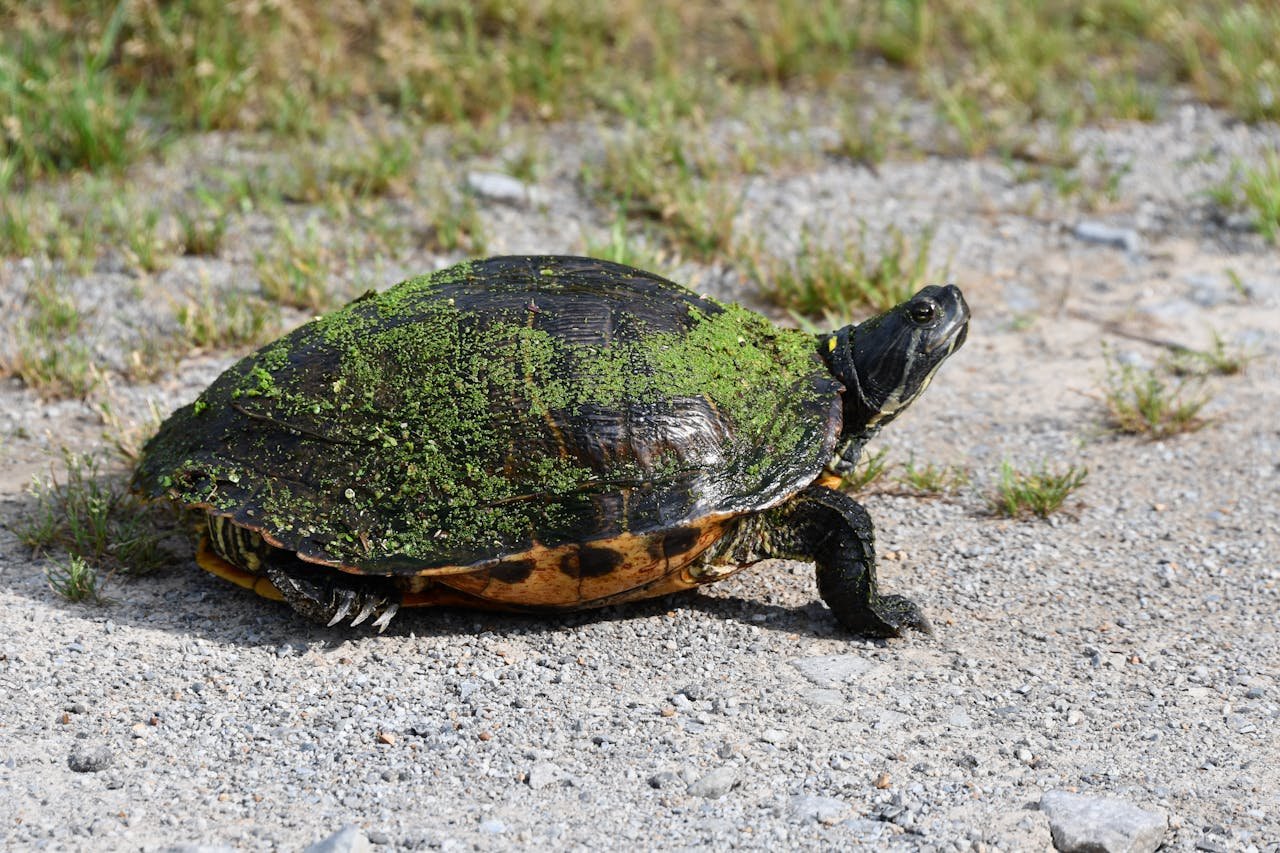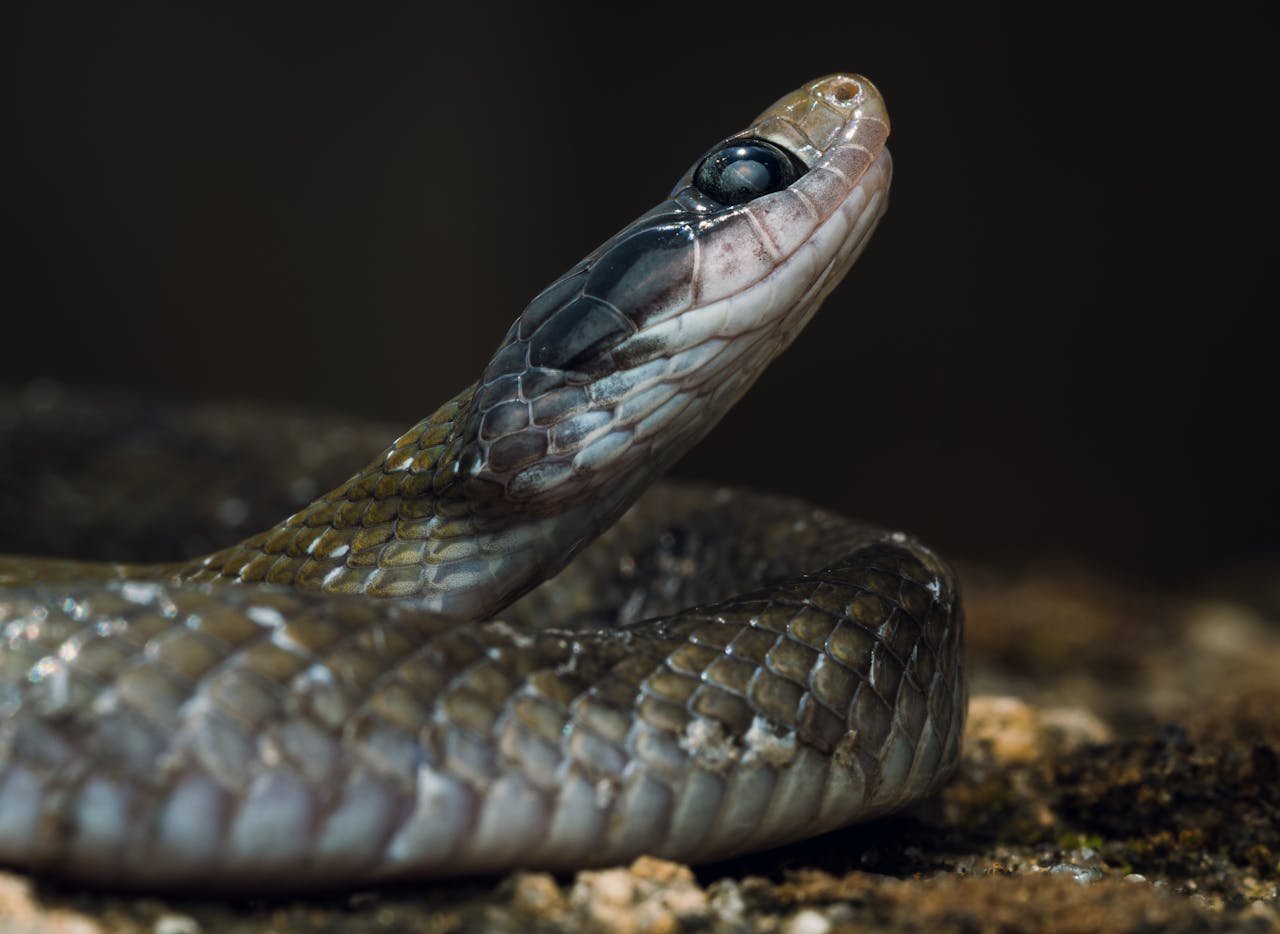These are small to medium-sized lizards that have attained their name by a number of characteristics: the distinctive vocalizations, incredible skills in climbing, and generally bright colors, among others. Geckos continue doing well in warm climates everywhere and, because of their unique characteristics and behaviors, have become quite popular both in the wild and as exotic pets. With over 1,500 various species distributed nearly everywhere, geckos vary greatly in their adaptations-from tropical rain forests to arid deserts. This paper will give a general overview of the fascinating world of geckos and point toward some of the striking aspects such as physical features, behaviors, ecological function, value in nature, and captivity.
Physical Features
The gecko belongs to the infraorder Gekkota, which has several infraorders divided into a number of families and subfamilies. Their body is normally stout with a bigger head, large bulging eyes, and a variety of colors with patterns for camouflage or signaling purposes to other geckos. The size of their eyes is another striking feature in geckos, having a membrane that is transparent to protect them from dust and debris. Unlike most lizards, geckos cannot blink and so clean their eyes with a lick from their tongues.
Arguably, the most famous adaptation from geckos pertains to their astonishing capability in climbing smooth surfaces-an attribute made possible by special structures on their feet. Geckos possess sticky pads on the undersides of their toes, known as lamellae. It is the multitude of these small hair-like structures, or setae, on these pads that contact a surface at a molecular level and allow geckos to adhere to most substrates, including glass and ceilings. This adaptation has probably led to the evolutionary success of geckos in occupying new environments, and allows them to escape from predators and forage in locations that other animals cannot access.
Behavior and Communication
Geckos are generally nocturnal, which may allow them to avoid predation and conserve water in arid environments. They forage at night for insects and other small invertebrates using keen vision and an effective sense of smell to locate prey. A few geckos, called day geckos, are also accused of taking fruit, nectar, and even other smaller geckos.
Gecko communication is very varied and, not infrequently, specific to individual species. Many geckos are quite vocal and will utter chirps, clicks, barks, or growls to communicate with other members of the species. Such signals may indicate attempts to attract mates, maintain territory, or deter rivals. This diversity in the use of vocalization makes geckos some of the few reptiles that are capable of producing a variety of sounds.
Aside from vocalizations, geckos convey signals visually by posturing their body, color changes, or even tail slapping. This behavior is also very important during courtship, territorial disputes, and deterring predators as well.

Habitat and Distribution
Geckos live in tropical rainforests, deserts, grasslands, and even urban areas. The wide adaptation ability in this class of animals enables them to occupy diverse environments in all continents except Antarctica. Species may be arboreal or terrestrial depending on the habitus.
In fact, this ability to live in a variety of different habitats is one of the major reasons for their overall dispersal and success as a genus. Though geckos can survive under fairly extreme conditions of both temperature and humidity, most prefer warm climes. Many species even occur in such extreme environments as arid deserts in Australia and rocky outcrops in southern Africa, which again testifies to their great versatility.
Reproduction and Lifespan
Geckos are oviparous, laying eggs rather than giving birth to live young. The mating season, with respect to species and environmental conditions, usually lies during the warm months when food is abundant. Females typically lay one or two soft-shelled eggs which harden shortly after laying. Eggs are most often laid in secured places, such as under rocks, inside tree bark, or in a number of small crevices for protection against predators.
Incubation usually takes weeks to months, also depending on the species and applied temperatures. In general, it is just the other way round: the higher the temperature, the quicker will be the development. The juveniles of geckos become independent after hatching and have to struggle for survival with the first moment they see the light.
Some geckos live longer than others. Geckos can live in nature anywhere from 5 to 10 years, while some species can live as long as 20 years or even longer with the right care when domesticated.
Geckos as Pets
The reasons being, first of all, that they do not grow to enormous sizes and have quite interesting-looking features at the same time. The most popular pets include leopard geckos, crested geckos, and tokay geckos. This is the reason one may like these geckos: due to striking patterns, ease of care, and gentle nature.
Housing geckos should be an attempt to provide them with environmental conditions as close to natural as possible. Closeness to the thermal regime, quality, and quantity of light all bear importance in this respect. Most geckos require a warm atmosphere; hence, basking sites are from 80°F to 90°F, cooler areas for thermoregulation. Some species will also require UVB lighting to help stimulate vitamin D3 synthesis, which is vital to calcium metabolism.
In making sure that they are always healthy, the diet of geckos must be varied. It is live insects, mostly-crickets and mealworms, and dubia roaches-that are fed to geckos in captivity. This is also where calcium and vitamin supplementation is great in preventing nutritional deficiencies.
Conservation Status and Threats
While most gecko species have a widespread distribution with an abundant population, some species are very vulnerable due to severe threats caused by habitat loss, climate change, and illegal pet trade. Deforestation, urbanization, and development related to agricultural lands could severely devastate the necessary habitats required for feeding, shelter, and reproduction by geckos.
In addition to that, illicit collection for the pet trade, particularly rare or endemic species of geckos, may deliver such a terrible blow t
o the wild populations. Efforts regarding their protection through the protection of the habitat, trade regulations, and breeding in captivity need to be implemented in order to ensure survival for those geckers which are found to be at risk.

Ecological Importance of Geckos
Geckos are both predators and prey for other species in their ecosystems. The geckos, preying upon the insects and other small invertebrates that may otherwise function as pests, would probably help regulate these populations, benefiting agricultural areas and helping in the reduction of the spread of certain insect-spread diseases. In turn, these geckos become prey for several larger predators, like birds, mammals, and larger reptiles, adding more complexity and further stability to the food web.
Geckos possess a special position in cultural folklore and mythology, too. In most cultures, geckos were regarded as good fortune harbingers or had supernatural powers. Such cultural beliefs show that their importance was besides their ecological roles.
Conclusion
Geckos are one of the most impressive reptiles adapted to great abilities for survival. Special morphological features, such as adhesive toe pads and the ability of vocal communication, make this genus of lizards very special and interesting for study and appreciation. From the status of common household pets to their important place in nature, geckos continue to impress us with interest and admiration.










